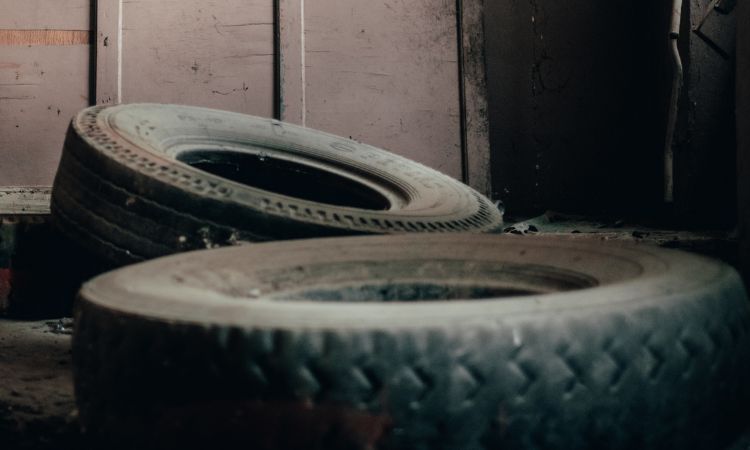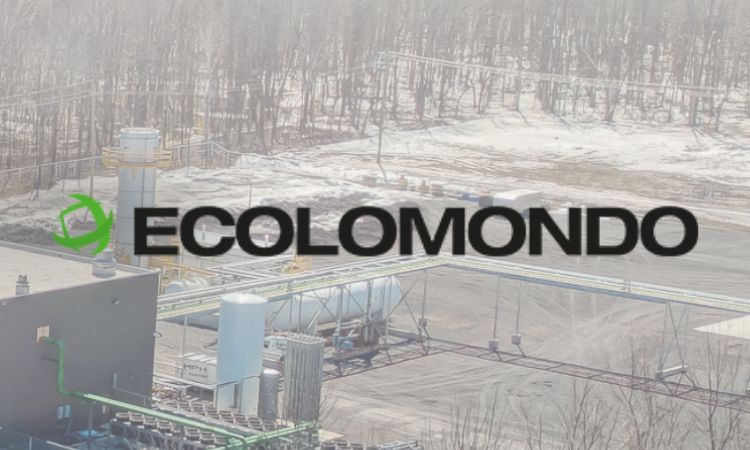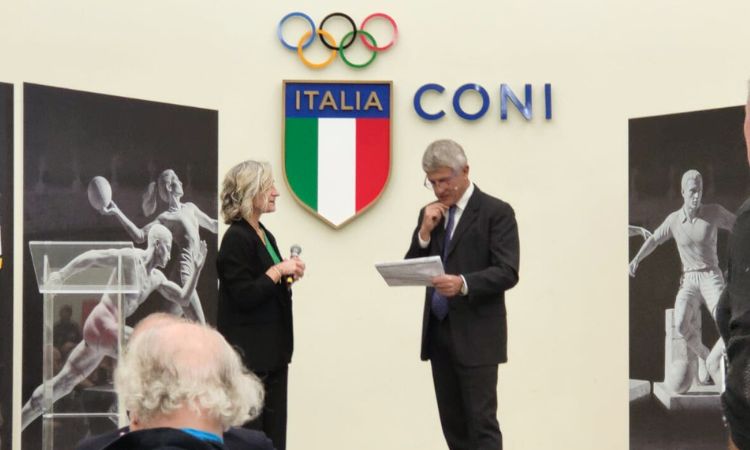Contec S.A.: The undiscussed step in tire pyrolysis (ELT preparation)
For too long, end-of-life tires (ELTs) have been treated as trash and discarded.
ELTs make up nearly 2% of the total global waste, and an estimated one billion ELTs are discarded yearly. This waste flow is growing dramatically year after year. But businesses follow circular economy principles, they begin to view this trash as an opportunity. Through chemical pyrolysis, ELTs can be broken down into reusable commodities like recovered Carbon Black, recovered Pyrolysis Oil, and recovered Steel.
These high-quality end products from secondhand materials are only possible with a tire recycling process. In other words, the upcycled products from chemical pyrolysis are only as good as the ELTs and how they're processed.
In this article, learn how traditional tire recycling processes aren't enough to achieve quality output for low-carbon products in pyrolysis and how to improve the process for circular outcomes.
Reimagine tire recycling
Tire recycling processes old tires at the end of their life and converts them to reusable materials.
However, most tire recycling processes stop there and the output is simply rubber granulates and steel components. Many of those components are upcycled into civil engineering materials, ground and railroad materials, and tire-derived fuels.
Upcycling old tires in this way is a long-standing practice. However, the circular economy imagines ELTs as more than simply waste to be removed from the ecosystem. Rather, circularity reimagines tire waste as part of a closed-loop system, where ELTs are upcycled into new materials that have a lower carbon footprint.
Reimagining ELTs as reusable products in new tires can help reduce the overall carbon footprint of the carbon-intensive automotive industry, which is responsible for 23% of global carbon emissions. This transformation is possible through the circular economy and by imagining ELTs as reusable products in new tires, reducing the overall carbon footprint.
Low-carbon products like recovered Carbon Black, recovered Steel, and recovered Pyrolysis Oil will only have an impact at scale in the automotive industry if they meet strict quality standards.
But that outcome is only achievable through a reimagined tire recycling process, focused on high quality.
Is it possible?
High-quality materials derived from ELTs are possible through a customised tire recycling process before the chemical pyrolysis process. To meet the demands of automotive and tire manufacturers, the quality and consistency of low carbon footprint pyrolysis products must be superior.
No standard tire recycling process is enough. Every part of the process, including starting with the best old tires, is crucial for maintaining end product quality.
Here are four methods to help ensure that outcome.
Choosing the best ELTs
Creating high-quality, low-carbon pyrolysis products begins by selecting the best ELTs based on quality and ash content while ensuring those ELTs are clean.
It's important to adhere to a strict ratio of passenger and truck tires during pyrolysis, as their compositional difference in ash content will determine the properties of the end products. Following the guidelines published by the Bridgestone & Michelin collaboration is recommended.
Lastly, after selection, preparation of the ELTs is needed. For example, some companies prepare the ELTs by water jetting their threads. This helps to ensure that no particles that would reduce the quality of the end products are still in the ELT before processing.
Rubber chips
Recycling the old tires into rubber chips, instead of whole tires, for pyrolysis is another method to ensure quality from the start.
Rubber chips will help to maintain the same temperature path for each rubber particle, reducing the formation of carbonaceous residue, which occurs during cocking of a gas fraction of the surface of the recovered Carbon Black.
Also, because of the reduced size of the feedstock, energy demand is less, which reduces GHG emissions within Scope 2.
Mechanical shredding
Shredding the tires mechanically separates the steel and textile cord from the rubber before pyrolysis begins. As a result, the pyrolysis process is smoother. Also, the output materials are immediately free of unnecessary impurities.
The rubber components can also be detached from the steel through magnetic separation to maintain the metal quality (recovered Steel) for recycling after segregation.
Shredding ELTs mechanically is essential for maintaining quality during chemical pyrolysis.
Investing in R&D
Currently, there is no ready-made technology to achieve this level of ELT preparation before pyrolysis. Maintaining high-quality feedstock output during pyrolysis is only possible through continued efforts in research and development and improving the pyrolysis process.
Turning an ELT into a circular end product ready for reuse is no easy feat. The recycling process must be reimagined to achieve quality output and performance from pyrolysis.
Contec S.A. is emerging as a leader in ELT chemical recycling by dealing with challenges at every stage, from research and planning to implementation to producing valuable secondary materials from ELTs. Circular products like recovered Carbon Black, recovered Steel, and recovered Pyrolysis Oil are novel products that boost circularity in the tire manufacturing and rubber industries. However, scalability is only possible through maintaining high quality, which starts in the processing of the ELTs.
An article by Mateusz Krawczak, and Krzysztof Wróblewski, CEO of Contec.
Weibold is an international consulting company specializing exclusively in end-of-life tire recycling and pyrolysis. Since 1999, we have helped companies grow and build profitable businesses.









